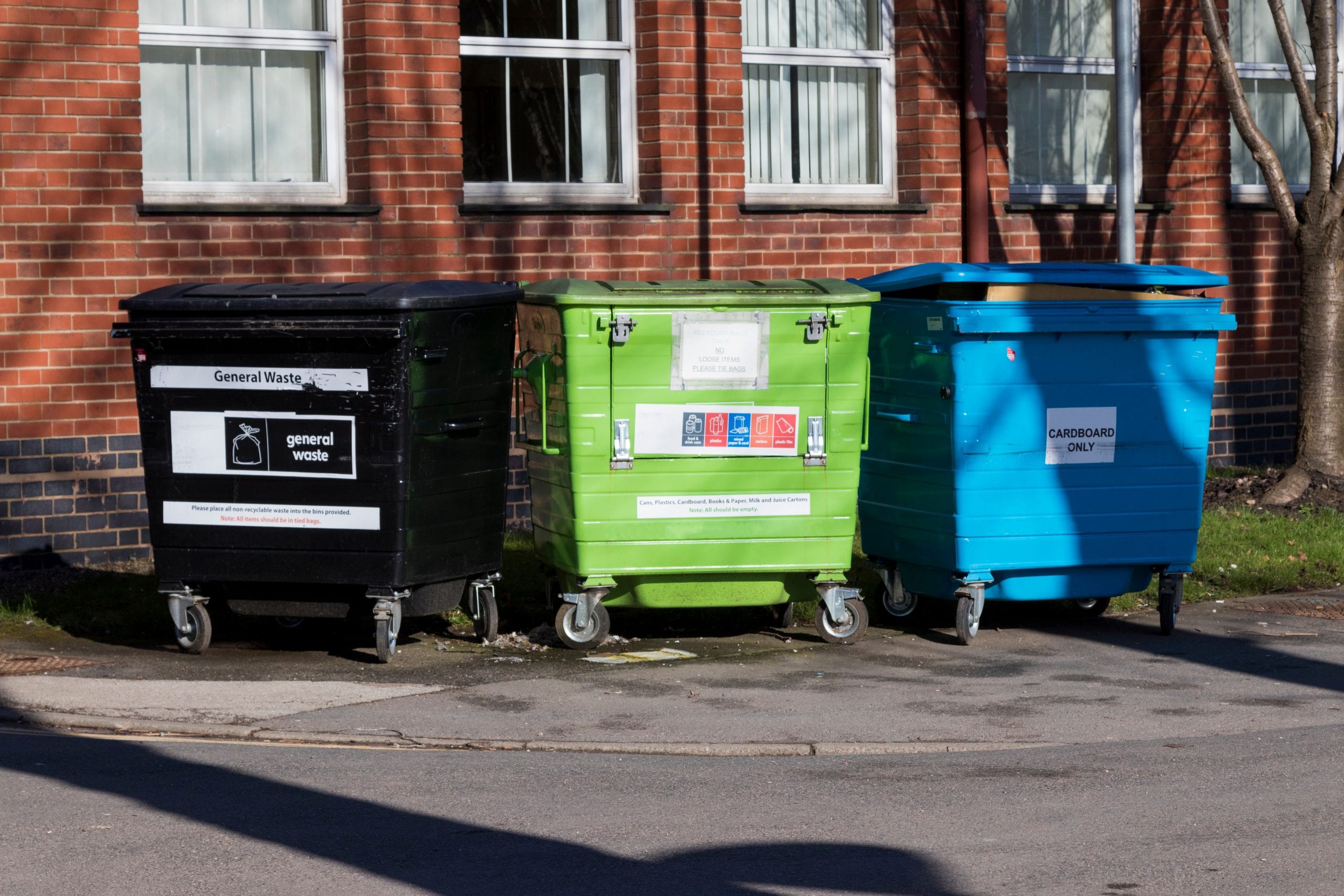From Customer Experience to Thriving Community
We know that a design thinking approach is a great way to produce the optimal customer experience.
We seek to understand the user, challenge assumptions and redefine problems in an effort to identify alternative strategies and solutions that may not have been immediately apparent.
But recent debate has questioned, without an understanding of the drivers for service, any approach can really challenge not just how we work but what we do. Supporting thriving communities that meet their own needs is better than optimising demand and creating a better customer experience.
A design approach is still important to maintain, but the design rules for a community-centric approach can be fundamentally different to those of a customer-centric approach. Roles of different actors, such as the members, officers, customers and community, can change. Then there’s also opportunities to deconstruct traditional services and create greater community value which can arise.
This community-centric approach and the critical success factors have always come out strongly in iESE’s research into local public service transformation and they are the foundation for our transformation model.
As a not-for-profit organisation, we originally created the model to judge the impact of our own work, but instead we have been really pleased to see how the model has been used by local authorities to help them innovate and improve their services. The model is now being used by the LGA as the foundation of a self-assessment by councils on whether they have the ‘Beautiful Basics’ covered and on what “Improvements and Innovations” could be selected as the next step locally.
We have had a great response in helping us improve the self-assessment. If you would like to get involved and increase its value to you by finding information on “Improvements and Innovations” that you might want to adopt yourself or even identify the ones that you have and share with others, then please go to https://beta.eic.esd.org.uk/.







